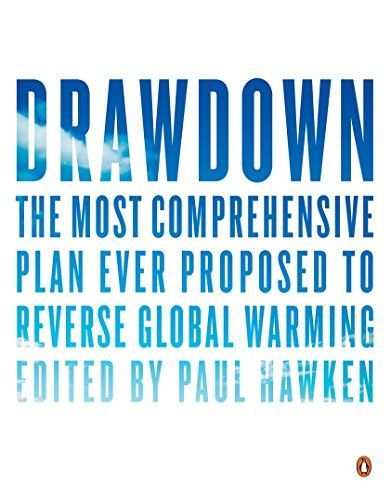
Drawdown The Most Comprehensive Plan Ever Proposed to Reverse Global Warming
In Drawdown, renowned environmentalist Paul Hawken has assembled a team of over 200 scholars, scientists, policymakers, business leaders and activists to illustrate the hundred most substantive solutions to combat climate change that together will not only slow down the growth of carbon emissions, but reverse them altogether. Put into action together, these solutions will mobilise society into taking the climate change conversation from problem definition to problem solving, from fear and apathy to collaboration and regeneration.
Reviews
hileahrious@hileahrious
Andrew John Kinney@numidica
Cindy Lieberman@chicindy
Sandy@pdxhonzuki
Matt Stedjan@mattstedjan
Boothby@claraby
Keven Wang@kevenwang
Andy Sporring@andysporring
Ketan Nayak@ketan
landon brand@landon
Steve Daniels@stevezie
Brendan M@elysium
Lewis Smith@lewis
Johanna Kenrick@jmkenrick
zhao lu@zlu
Lars@larsrose